Ghost Memories
January 21, 2021 · 0 comments
By Andrew Osmond.
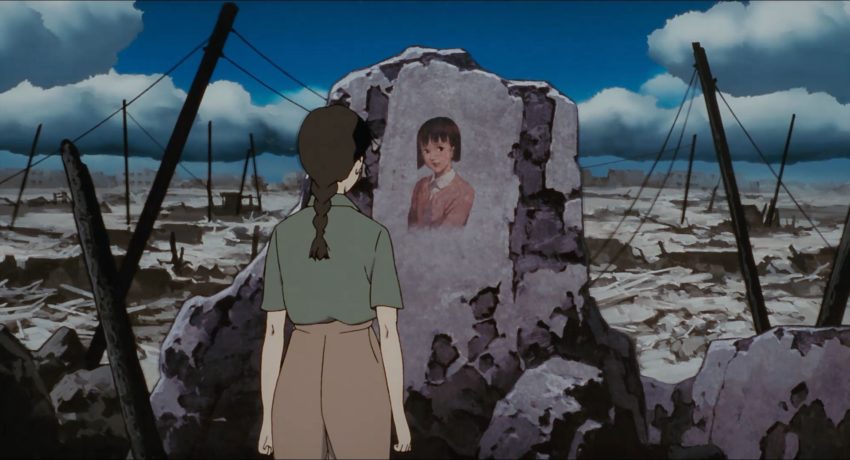
“The story of a legendary actress talking about her life. Confusion clouds her memory and her old roles come into play to create an eventful tale.”
According to the official Japanese tie-in book to Millennium Actress, Chiyoko Millennial Actress, from which much of the information below is taken, this was the original idea, in a short memo, for a possible Satoshi Kon project called Ghost Memory. It was not meant to be Kon’s next anime after Perfect Blue. Working with Madhouse studio producer Masao Maruyama and the co-producer Taro Maki from Genco, Kon developed a different project along similar lines to Perfect Blue, fusing reality and fantasy.
At this stage, it was a science-fiction project called Phantom, and it was planned to be a video anime with four to six episodes. Kon fans will remember he’d already scripted a science-fiction story about a ghost in a spaceship, the “Magnetic Rose” segment of the anthology film Memories. But plans changed and Kon was asked to make a cinema film instead. Phantom was judged inappropriate for the film format and discarded, in favour of the Ghost Memory idea.
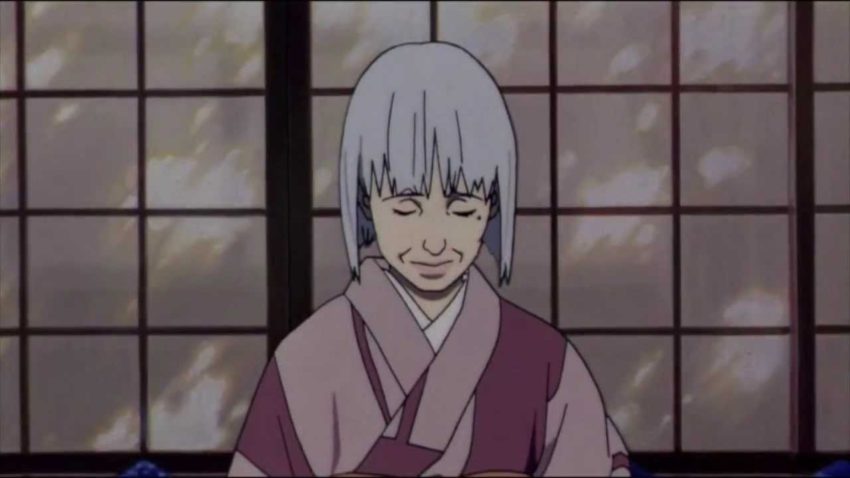
“Originally there was this idea of this former great actress reminiscing about her life, and how her life and her movies start blending together,” said Kon, “I was drinking with my friends and as we were talking about it, different ideas got expressed, like ‘You should mix different historical eras’ and ‘You should include the futuristic as well as the historical.’ As a result, I kind of mindlessly said: ‘Well, it seems that she lived a thousand years, so (the film) should be titled Millennium Actress.’ That’s how the title came about.”
Kon conceived of the title character as someone who could “run with her life.” At the same time, he said, he did not think of Chiyoko as being very smart. “I thought if she was too bright, she would stop to think about things too much… I personally choose logic over emotion when thinking, so I admire people who can really go after an objective 100%. It may be just an excuse for me to drink, but I like to drink to dull the logical side a bit. When I write, I usually drink as well.”
The proposal above describes Chiyoko as having a clouded memory. Many viewers interpret the film’s reality-hopping storyas a reflection of Chiyoko’s senility. Kon, though, seems ambivalent on that point. “There is a gap in interpretation of how Chiyoko feels about her own story. You can interpret it as just some senile old lady’s story, [but] I intentionally wanted Chiyoko herself to recognise that her mind and body aren’t what they used to be.”
Conversely, Kon found himself reconnecting with Japan’s heritage as he created Millennium Actress. For example, Kon came up the detail of Chiyoko’s family crest, visible in the 1930s scenes in her home. The director chose a symbol of a downturned wisteria; wisteria is called “fuji,” and Chiyoko’s family name is Fujiwara.
“I think if I was younger, the concept of a crest wouldn’t even have occurred to me,” Kon says. “My parents are a bit younger than Chiyoko’s generation, but as a child, [their] talking about various family crests made an impression on me, and I think it surfaced in the movie.”
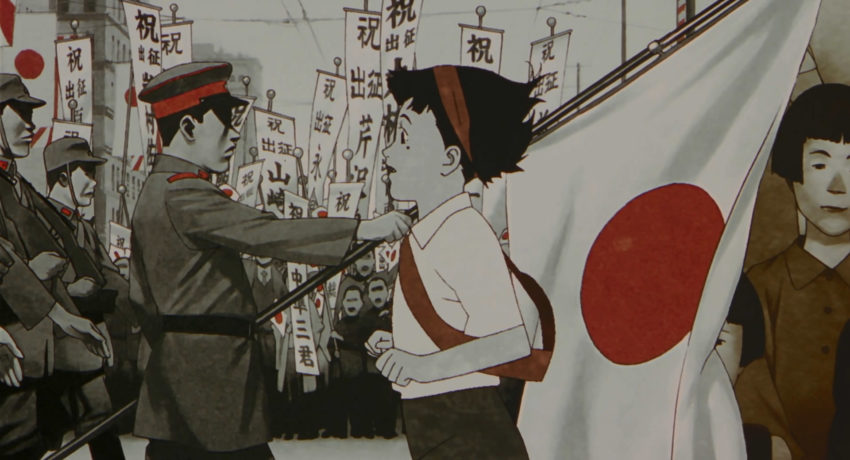
An important recurring image in the film is rubble, the wreckage of the past. Kon says: “At the beginning, when they are tearing down the studio, the debris left after Chiyoko’s birth during a devastating earthquake, the wreckage right before her death, there was a definite intention of connecting Chiyoko with the wreckage.”
Kon suggests such imagery reflected his own experience of maturing as a person in his twenties, feeling the values he learned from his parents and teachers being changed by his friends and co-workers. “Inside myself, I have an impression of wreckage… I had to go back to square one and rebuild my value system again. In order for something to born, there has to be a corresponding destruction. In that way, I wanted the debris, the wreckage, to be important.”
The director says he can’t explain why he chose earthquakes as a motif in the film, except to symbolise “the connection between Chiyoko and the flow of the universe, or even something bigger than that.” One of his ideas, not used in the final film, was to have Chiyoko actually born amid rubble, like Princess Kaguya being born from a bamboo stalk. “I was thinking of something reminiscent of a fairy-tale, an old legend.” For much the same reason, Kon put in recurring images of cranes, prominent in the film’s “geisha” scenes, which are said to live a thousand years in Japan. There are at least two in the elderly Chiyoko’s house, for instance, and another on her baby clothes.
Much of the discussion in the Chiyoko Millennial Actress book revolves around the film’s final line. The current edition of the film translates the line as “After all, what I really love is the pursuit of him.” The book itself phrases it as “After all, it’s the chasing after him I really love.” However, a more literal translation of the line would be, “After all, I love myself who is chasing after him.”
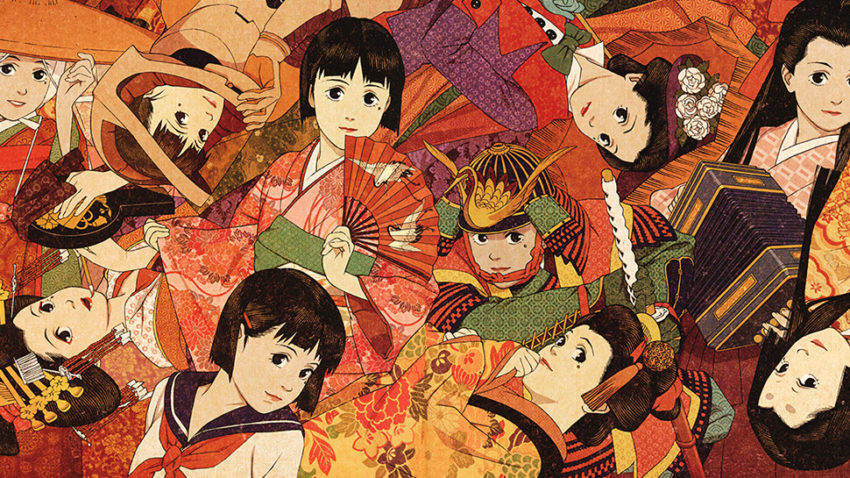
When I asked Kon about the line myself in 2007, Kon said, “It was because of Millennium Actress’ last line, in order to say it, that I made the film. That was how important the line was for me. I anticipated that some people might be shocked, and might consider it to be very egoistic of Chiyoko, due to the nature of the film as a love story. However, this wasn’t my intention. I didn’t consider the phrase to be egoistic; this was her attitude towards something she’s going after. Even if she might not be able to catch it, still her attitude is to chase after it. It isn’t Chiyoko’s ego that’s on display, it’s her attitude, her style of life, that’s shown here.”
Kon’s comments in the Chiyoko Millennial Actress book have a different emphasis, though they don’t necessarily contradict his answer above. “I can’t say I wrote the film to revolve around that line. I don’t want people to grasp the line simply and literally as a statement of ‘I like myself like that,’ because there is more behind it… The line means so much because of all the life experiences leading up to it.
“Incidentally,” Kon adds, “during the recording sessions, the voice actor that played Tachibana (Shozo Iizuka) told me, ‘I’m really unsatisfied with the ending. I can’t like a woman that would say such a thing!’… But I was expecting those reactions and I wanted those kinds of reactions. I wanted men to respond with a ‘What?!’ Some women responded with something like, ‘I felt really denied.’ I think it’s better that way. You see, I don’t want Millennium Actress to be seen as a simple, fantastic, romantic story.”
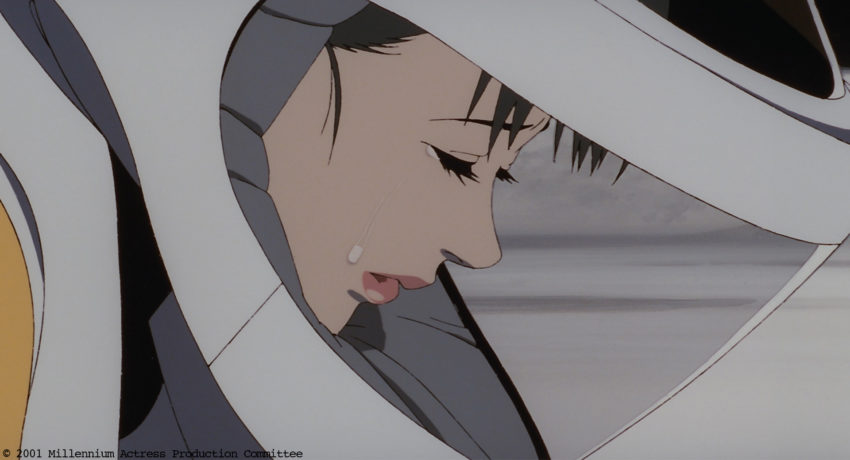
The director suggests a real-world analogy, relating to a catastrophic earthquake which struck the Japanese city of Kobe in 1995. In the aftermath of the disaster, many people volunteered for the relief effort. “There were volunteers that were very pushy,” Kon says. “Essentially, volunteering is about deciding how one can be a part of assisting other people’s needs. However, for some people the act of volunteering is the important factor, not necessarily the helping aspect. But either way, volunteering is a wonderful act. If you can accept yourself, I think it opens up a lot of avenues. You can say, ‘I like to volunteer for me’ and accept that as such, because that’s not necessarily a bad thing. I think it’s important to understand that, and move forward with that in mind… During the different stages in Chiyoko’s life, her goal was to find the self that she liked.”
Interestingly, though, the Chiyoko Millennial Actress book gives a different perspective; that of Mami Koyama, who was one of the three Japanese actresses who voiced Chiyoko in the film. Koyama voiced the “middle” Chiyoko, the film star who looks young but is no longer the teenager of the early scenes. Anime fans will also know Koyama for roles such as the fearsome Kycilia Zabi in the original Gundam series and the rebel girl Kei in Akira.
“When the voice-over was done and we all said, ‘It’s a wrap,’ everyone was beaming,” Koyama recalls. “What I remember very well is all the actors saying over and over again, ‘I’d like to live like that too’… In terms of chasing one’s dream, I think those kind of women have been on the increase recently. It’s like ‘Men aren’t the only ones who can chase a dream!’ In a slightly earlier time, maybe it was second nature to ‘find and marry a good man, raise children, take care of the home.’ But it’s not that way anymore, is it? When it comes to spending your life doing the things you want to do, it’s not just men who are chasing their dreams.
“Don’t we all love that part of ourselves that loves our partners, more than we actually love our partners?” Koyama argues. “In the end, you know, it’s all about yourself. You love yourself as ‘someone in love.’ That’s why we fall in love… To spend your whole life chasing someone you just bumped into, you must be thinking only of yourself.”
Andrew Osmond is the author of Satoshi Kon: The Illusionist. Millennium Actress is released in the UK by Anime Limited.
Leave a Reply